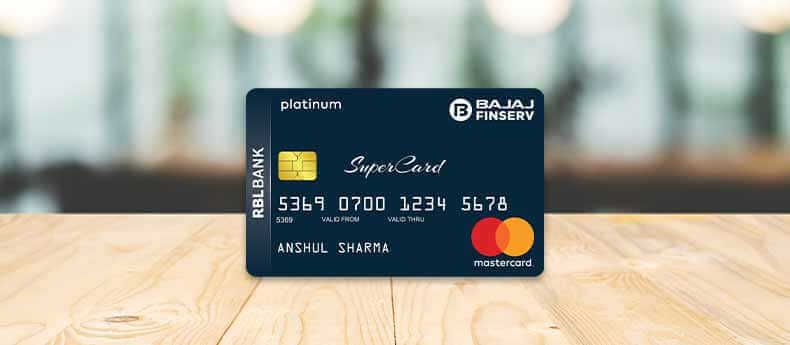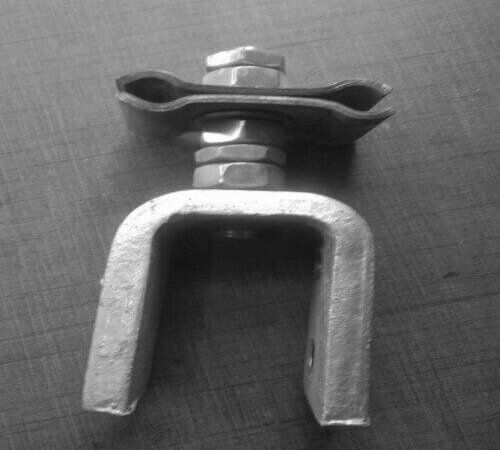What are the Differences between Contactless Credit Card and Chip Cards?

Contactless cards and chip cards are both variants of payment cards currently available in the market. They both have their specific characteristics and offer different benefits in terms of usage. However, both of them are equipped with advanced technology compared to magnetic stripe payment cards.
Recent RBI guidelines include instructions to every financial institution to replace the existing magnetic stripe payment cards with contactless credit cards over time with an aim to provide better security to card users.
Before moving on to their different users should know what a chip card is and what is a contactless card is.
What is a chip card?
Chip cards are like any other standard payment card with an embedded microchip along with a traditional magnetic stripe. The chip here encrypts information to increase data security at the time of making transactions or withdrawing cash. These cards are also known as chip-pin cards, smart cards, or EMV (Europay, MasterCard, and Visa) cards.
How it works
These chip-based cards work like a regular debit or credit card. Users can use them in ATMs or POS terminals by swiping them. Apart from swiping, in case of chip-enabled POS terminal users have to insert the chip side of the card into the machine and wait for the signal. Here, individuals have to enter their PIN to complete a transaction.
This technology was jointly developed by Europay, MasterCard, and Visa to increase securities of payment cards around the world.
What is a contact less card?
Contactcless cards are a type of payment card that uses contactless technology to make payments. These cards use RFID (Radio-frequency Identification) technology and NFC (Near field communication) technology for this purpose.
How it works
Contactless credit cards work within the proximity of a POS (Point of Sale) terminal. Users have to bring their card within 2-3 inches of the terminal. Once they bring a card within this range, the system will prompt, and once it accepts the card, it will send a beep sound or a green light or a checkmark to signal the user. As soon as it approves, the transaction will be completed.
Users can distinguish a contact less card by looking at the symbol on it. This symbol is like a Wi-Fi logo but on its side. Since transactions here don’t need any signature or PIN, it is limited on these cards.
Differences
Even though both of them are payment cards, they share several differences among them. Here are the differences:
Maximum payment threshold
Contact less payment cards allow customers to make payments up to a specified limit for a day if they want to use the contact less feature.
Chip-enabled credit cards, on the other hand, don’t come with such limitations. Users can exhaust the entire limit at once.
Use of PIN
In case of contact less cards, the PIN is not needed to a specified limit after that a user has to provide their credit card PIN number. A PIN is mandatory for a chip card to complete a transaction.
No need to swipe
In case of a contact less card, users can tap to make their payments. They don’t have to swipe their cards in POS terminals.
On the other hand, users have to swipe their chip-enabled cards in a POS terminal to make a payment.
Payment cards are a convenient financial tool to have. Apart from relieving customers from the hassle of carrying cash, users can enjoy extra benefits on them. For instance, if an individual avails a credit card like Bajaj Finserv RBL Bank SuperCard from Bajaj Finserv they can enjoy added benefits like cash withdrawal from ATMs with interest-free periods, easy EMI conversions.
It even comes with an interest-free personal loan on a credit card where the user can utilise a repayment period of 90 days without attracting any interest charges.
Now that you know what a chip card is and what is a contact less card, you should consider their advantages and limitations to choose the right credit card. However, it would help if you remembered that they are two different concepts, but that doesn’t mean one is better than the other.





